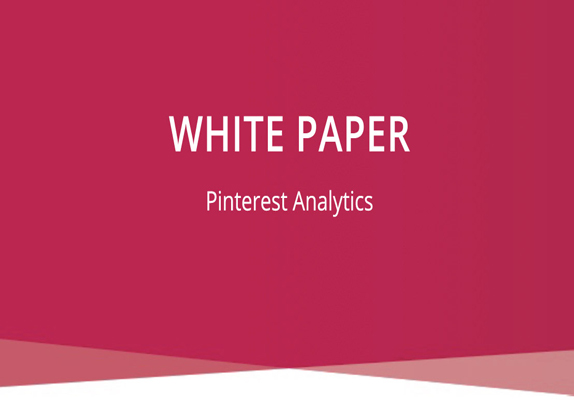
In mid-March, Pinterest announced on its blog that it is now providing analytics at no charge for businesses and site owners to measure Pinterest-driven traffic. This is a positive step forward, both for marketers to improve their understanding of earned media performance, and for Pinterest to increase advertiser interest and engagement.
With comScore reporting 48.7 million visitors globally, Pinterest clearly resonates among consumers—however to-date, the social property has yet to monetize its engaging platform. This is despite attracting a highly engaged and receptive audience. According to Annalect’s recent proprietary study, PINfluence: From Pins to Purchase, 55% of Pinterest users say that they will click on an image if they see a product they like, and 34% click on a pin with a purchase in mind. Yet, marketers lacked the means to translate this user engagement into quantifiable and relatable performance metrics. Armed with this new tool, advertisers can begin to better understand how Pinterest contributes to driving business, and thus, potentially increase adoption of the social platform.
For now, Pinterest’s analytics includes topline information on how many people have pinned from a site, how many people have seen the pins, and how much traffic (desktop vs. mobile) was driven by these pins. Also available is information on the most re-pinned, most clicked, impressions, reach and most recent pins that have been selected from your site to members pin boards. Pinterest’s analytics tool includes pinning activity across all users—regardless of whether the brand and site owners “follow” a user on Pinterest.
While the depth of the analytics currently available with the new tool is minimal, it is still a useful utility, affording new perspectives as to what makes pins “viral”. Utilizing other Pinterest tools—such as the “Pin It” button—along with the new analytics dashboard will help content creators and website owners curate content based on observed user response on Pinterest. Brands can also learn how users are organizing their pins, which could help lead to understanding about how Pinterest users are incorporating their pins—and thus a brand—into their lives.
Web analysts will also be better equipped to determine traffic originating from pinners’ boards. While analysts could analyze behavior and performance referral traffic from Pinterest, they have not been able to diagnose the drivers of that traffic. This tool helps web analysts identify which content attracted user interest by way of sharing or clicking to estimate online purchases from pins, and potentially help determine different ratios of pins to purchases.
The tool currently does not integrate with existing enterprise web analytics solutions such as Google Analytics or Omniture. As such, analysts will be left to look at Pinterest analytics “on top of” other data sources, rather than as part of a holistic view of performance. In addition, the only way to access this data is through Pinterest’s online interface. There is the potential for data to be made available via an API, however no concrete plans around when an API would be available, and if it would be made available free of charge.
Getting access to Pinterest’s analytics is relatively easy. To get started, a website owner or business only needs to verify the website within the user profile. This verification process is in place to ensure ownership of the registered domain.
Pinterest’s analytics solution is a next big step for the company in developing an advertising monetization strategy. While the current functionality is somewhat limited, data is aggregated, and the analytics do not integrate with other digital platforms, Pinterest’s move is a positive one. It is possible the social media company is testing advertiser interest in and response to such a solution before investing more time and resources into constructing a more robust analytics suite. Regardless, as Facebook as demonstrated, social media companies are continuously striving to demonstrate performance of earned media. The ability to report performance of Pinterest content is a positive and much needed cornerstone in a toolkit that could help the fourth most visited social networking site generate revenue.
For more information on the Annalect Pinterest study, PINfluence: From Pin to Purchase.
For more information, you can visit Pinterest Web Analytics.
[download file=”https://www.annalect.com/wp-content/uploads/Pinterest_Analytics.pdf” title=”Pinterest Analytics White Paper”]

